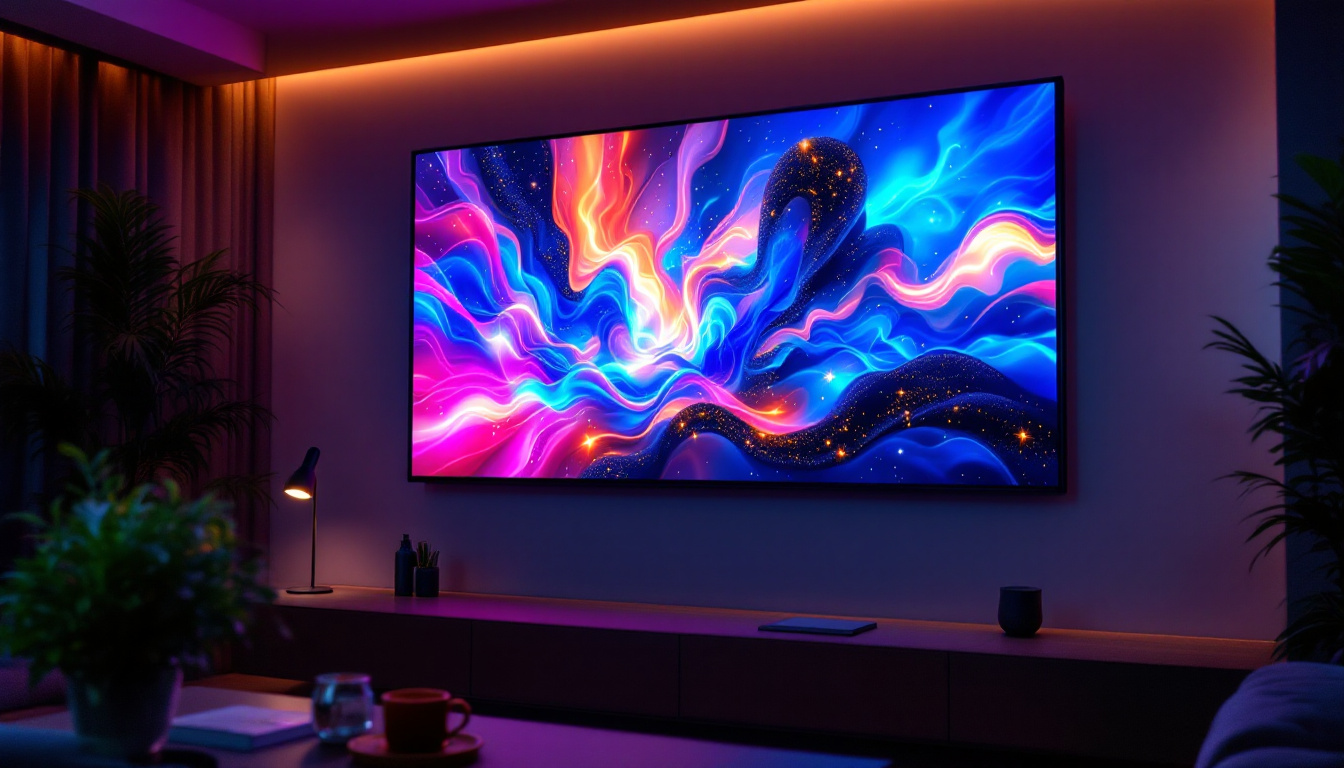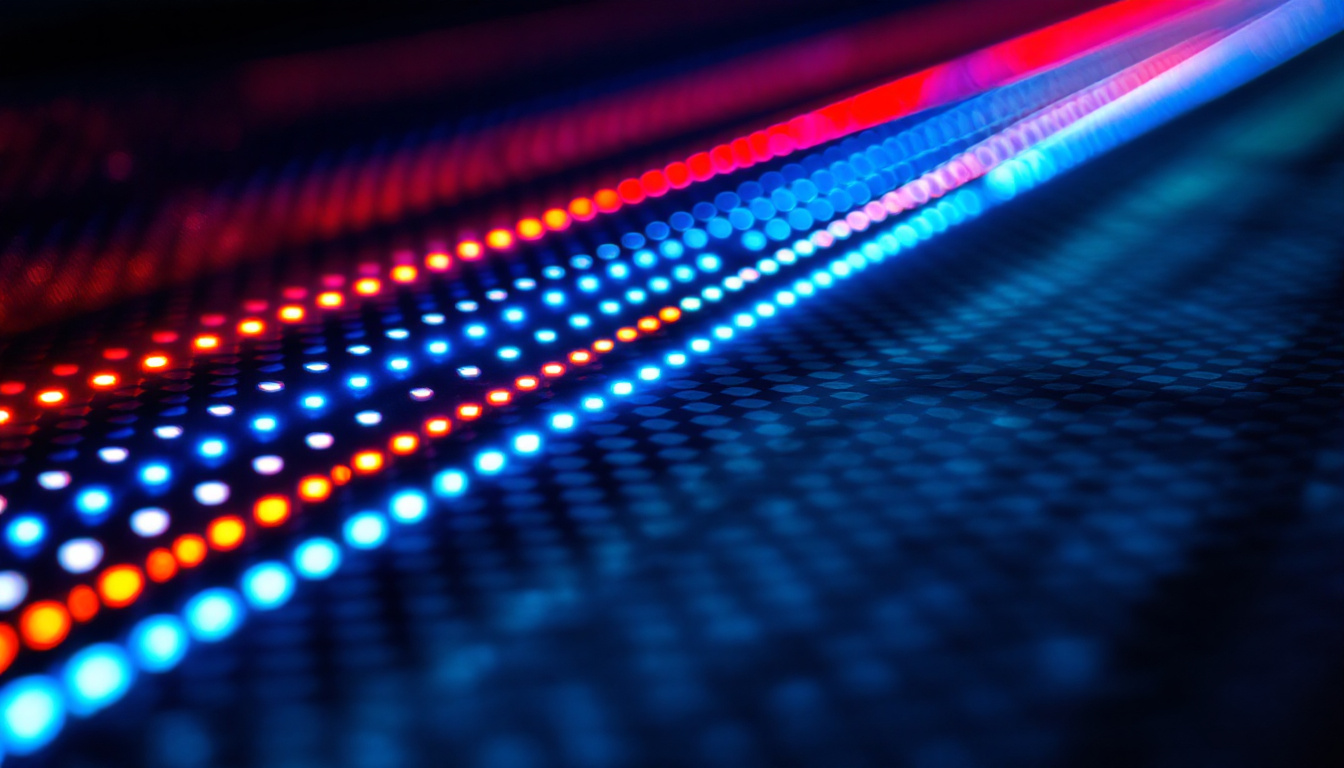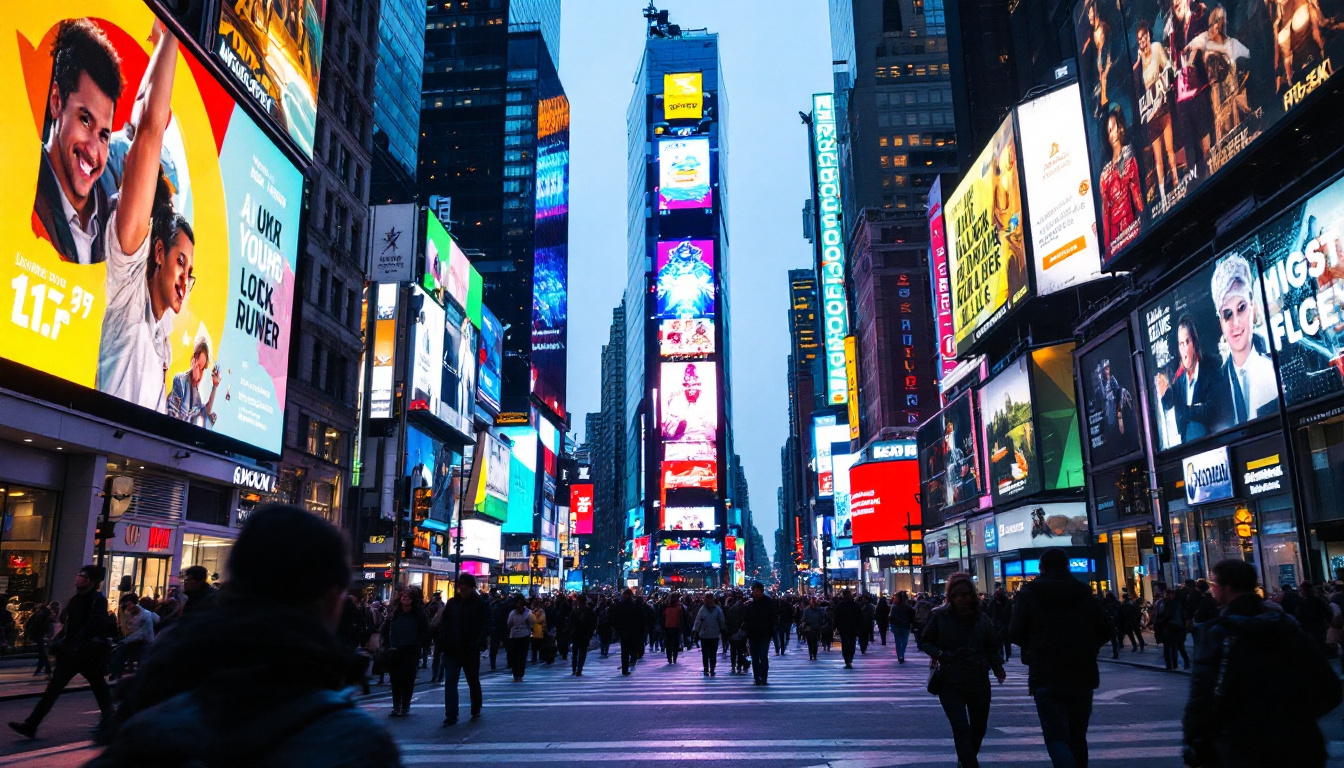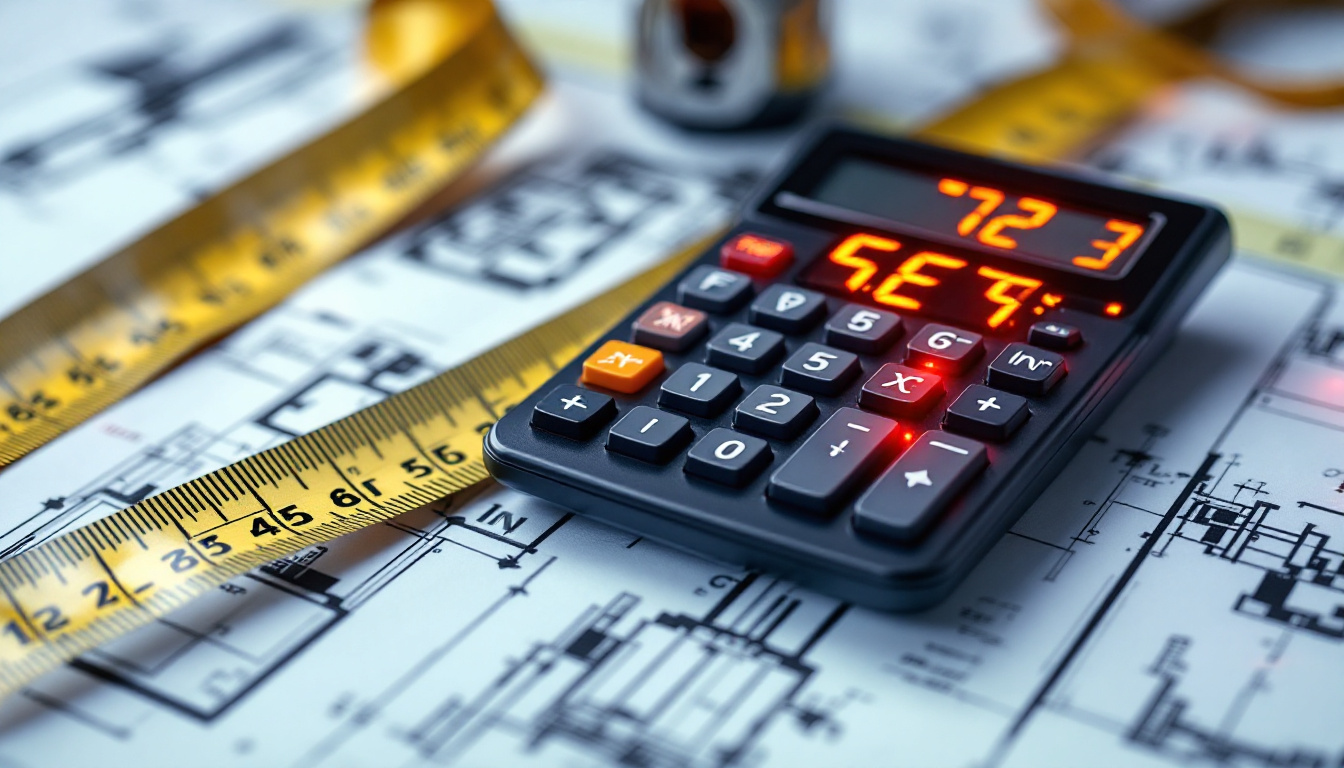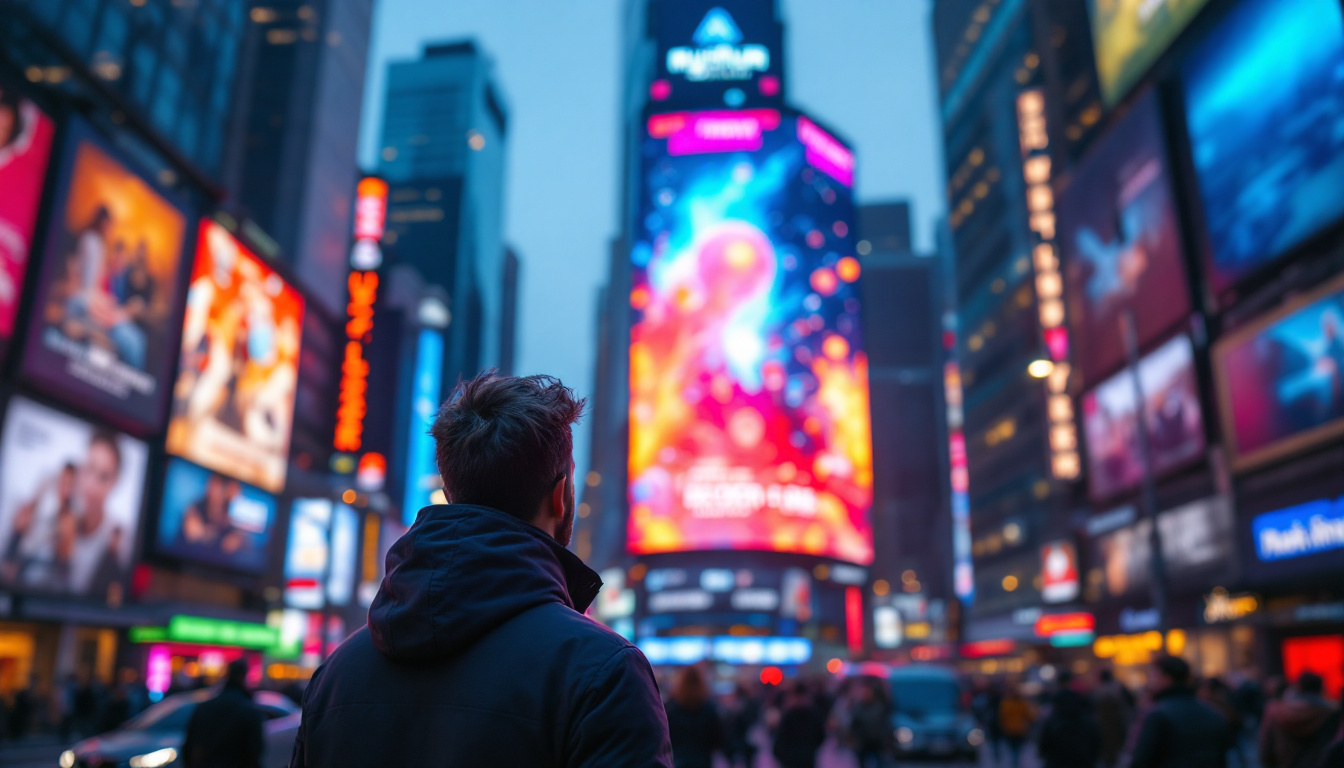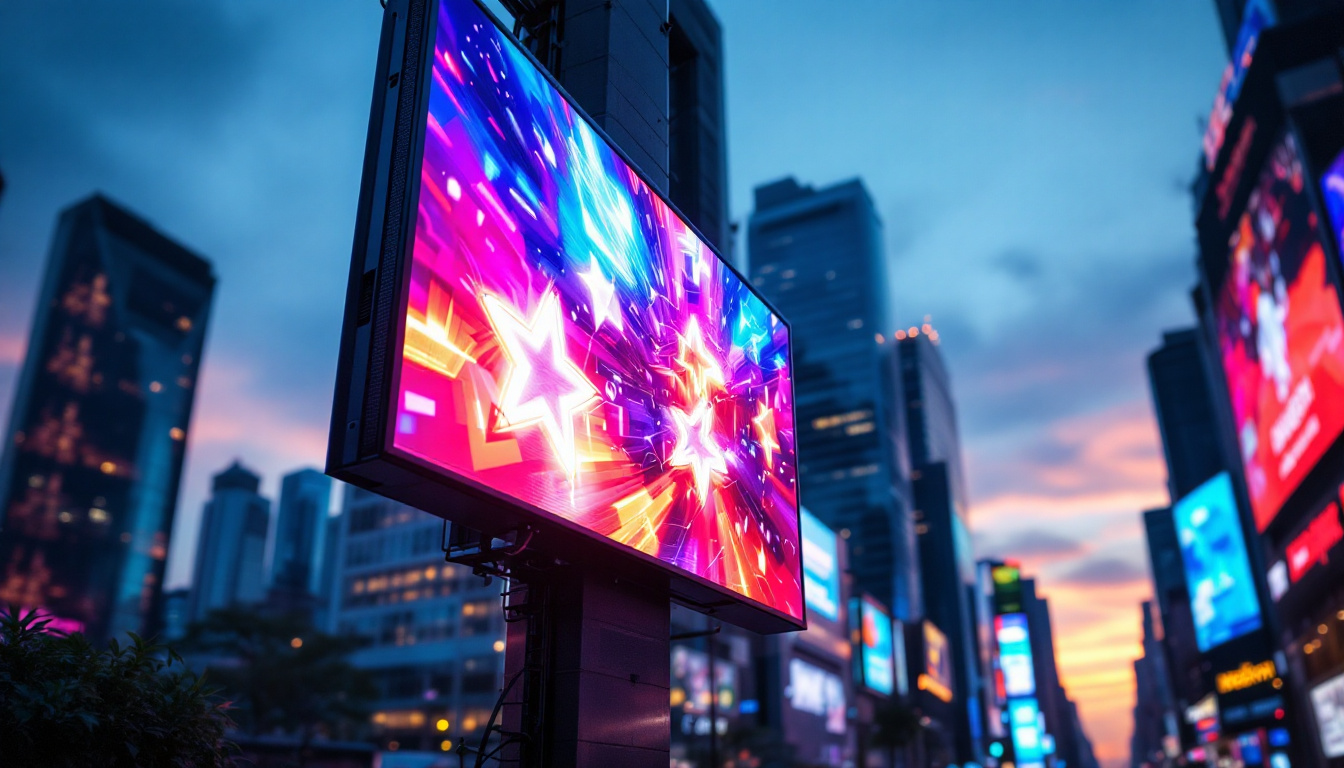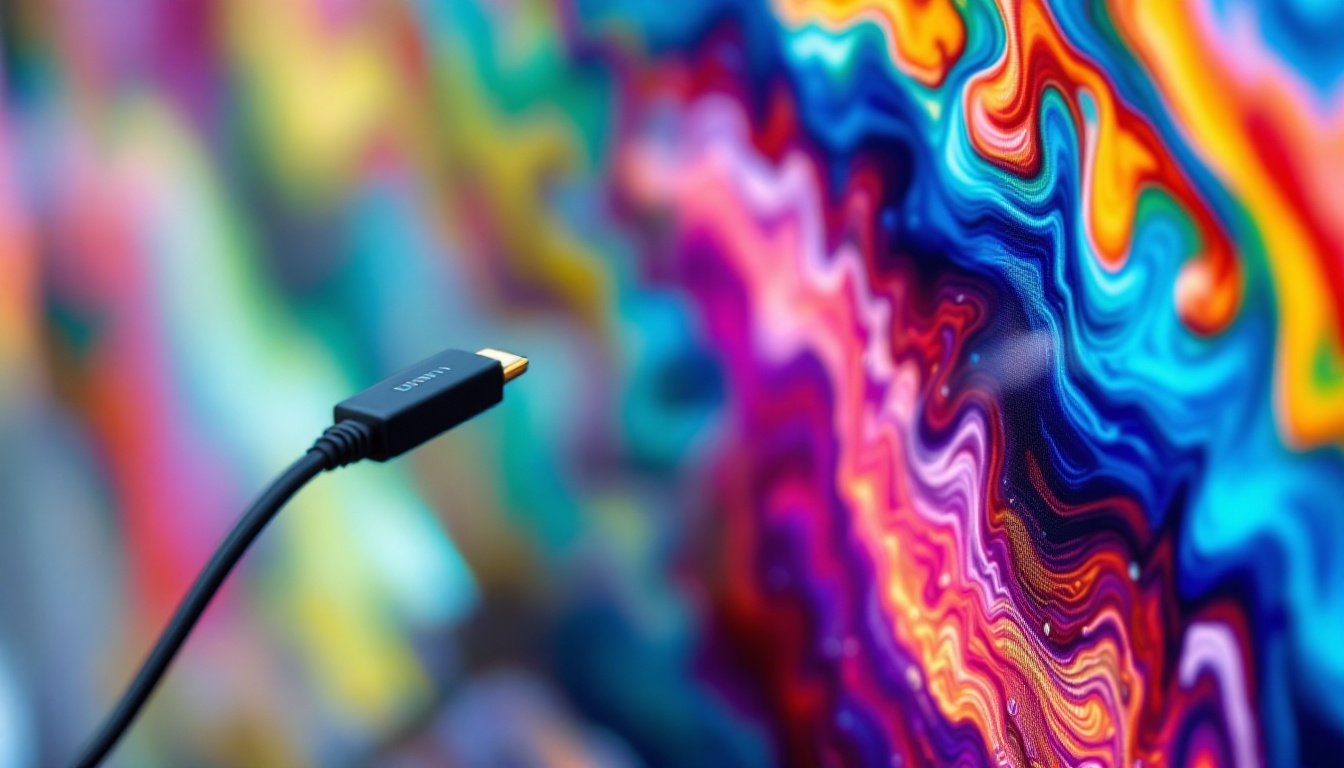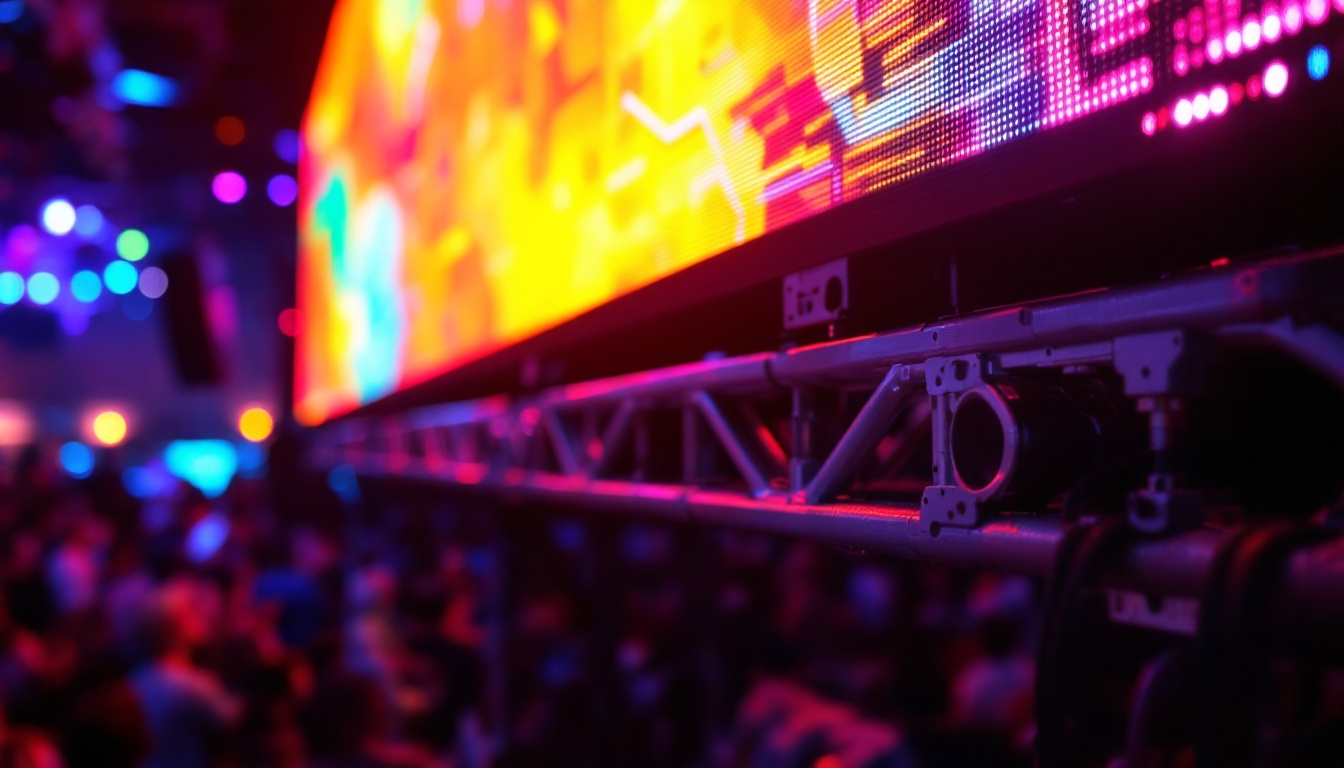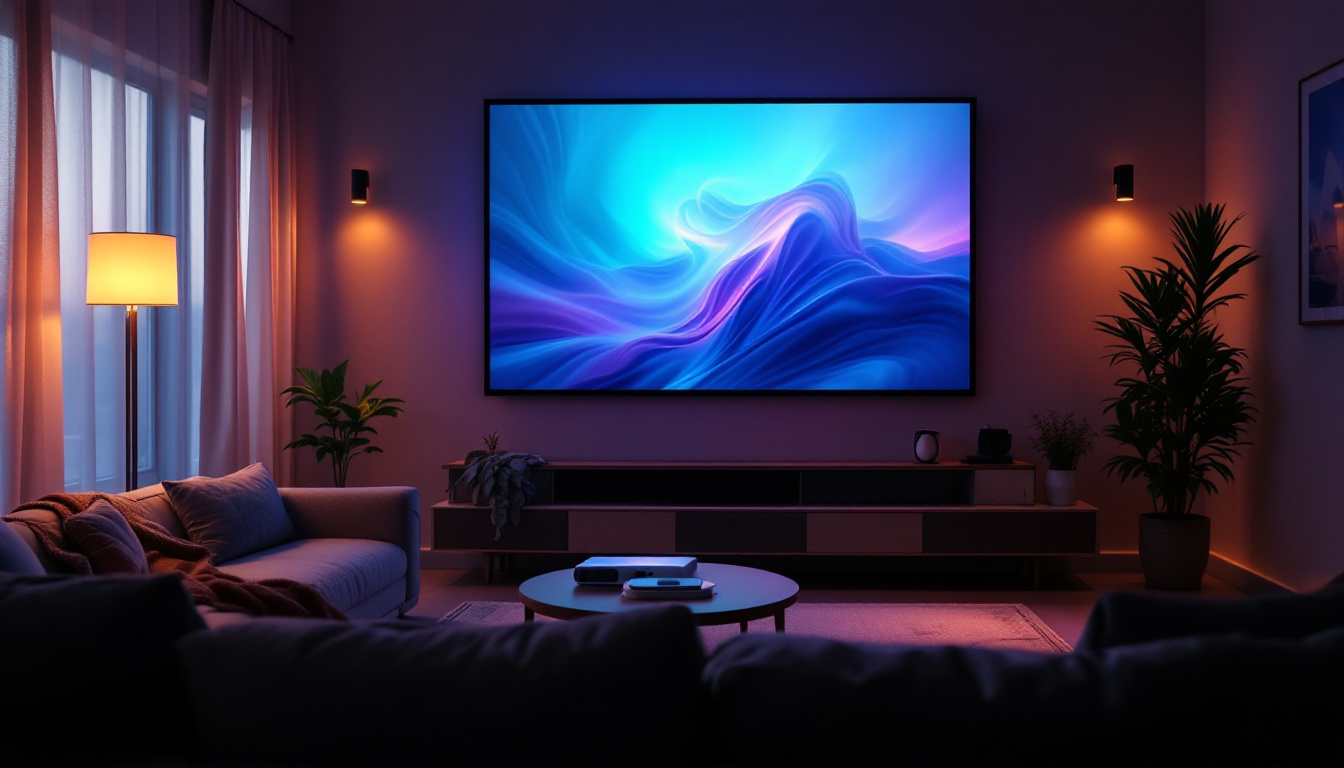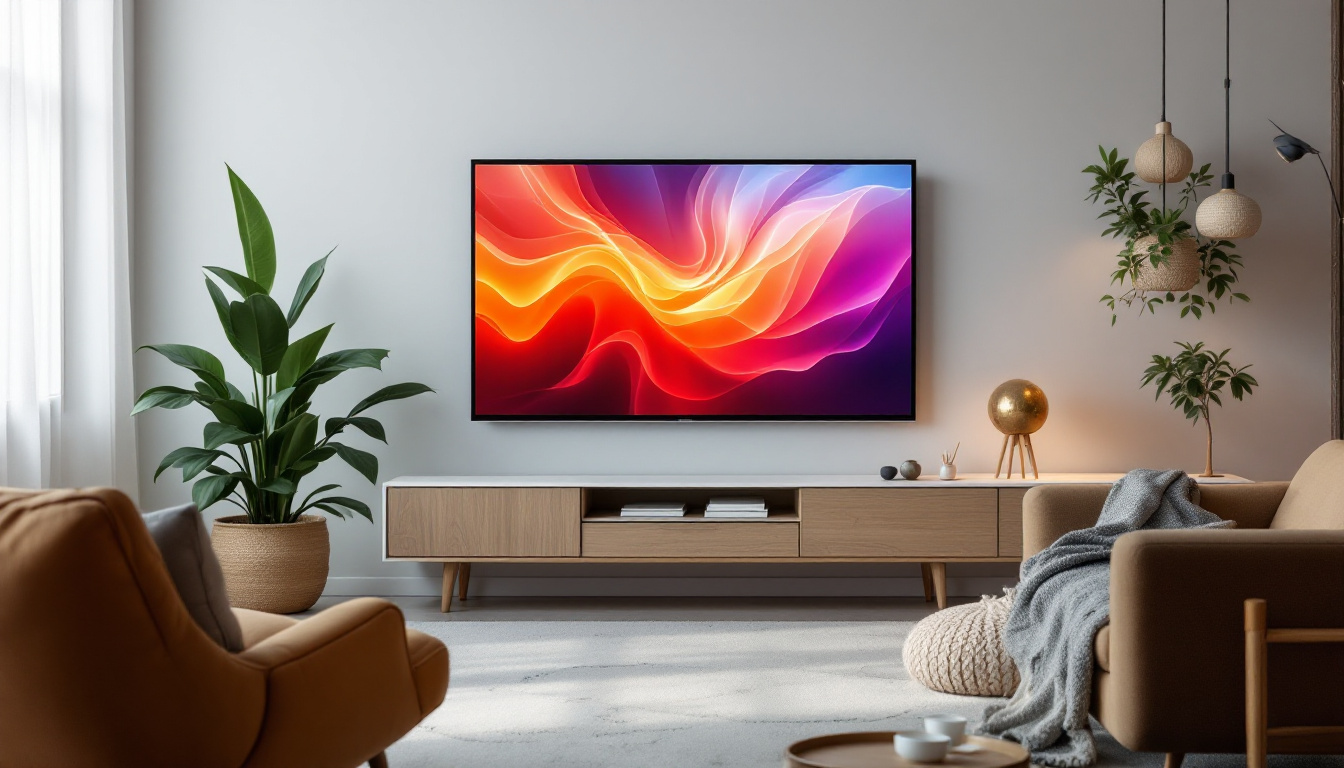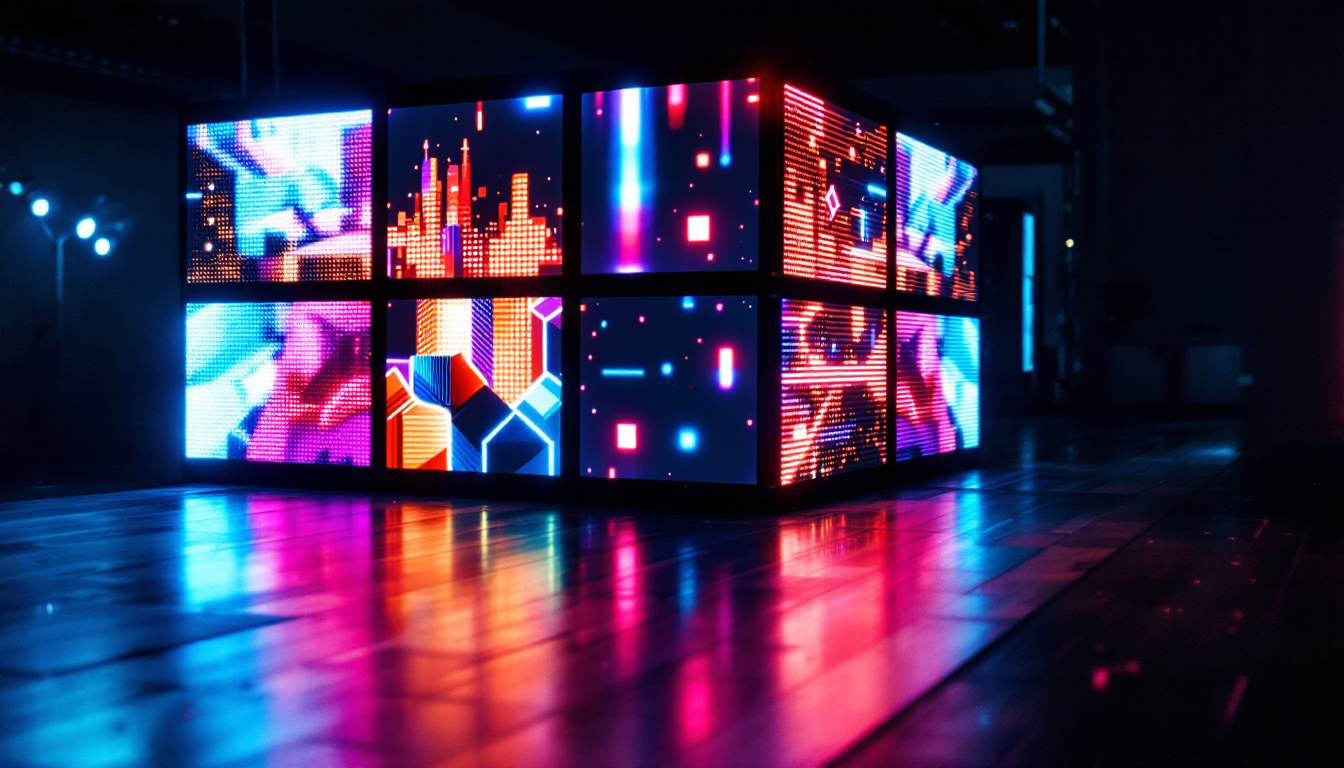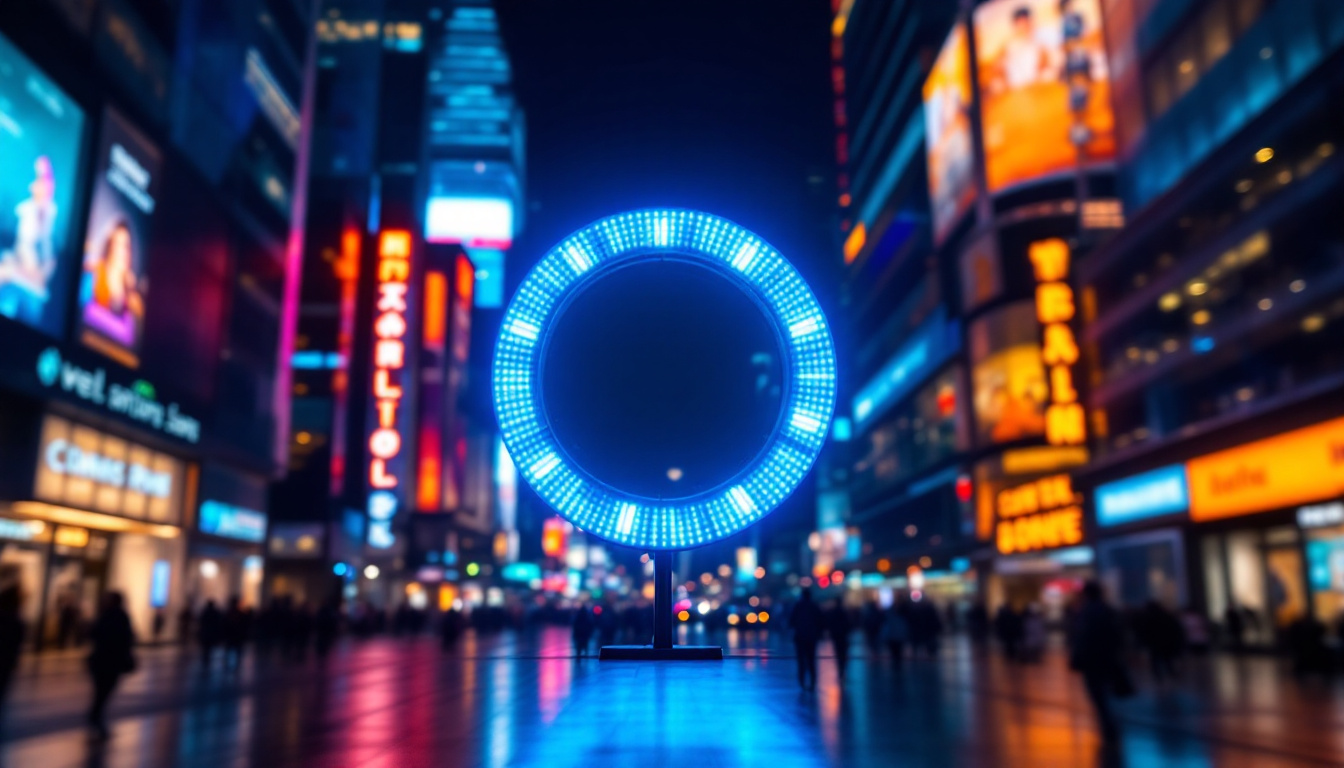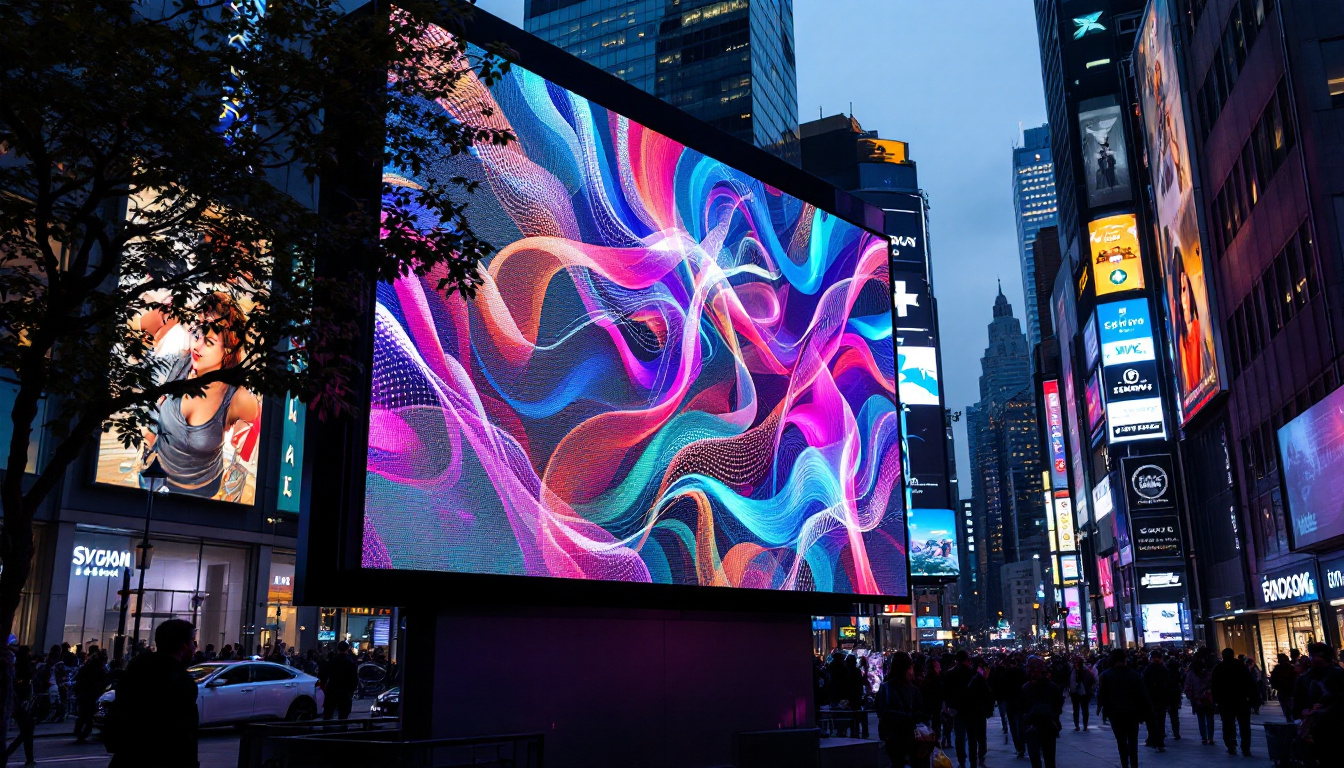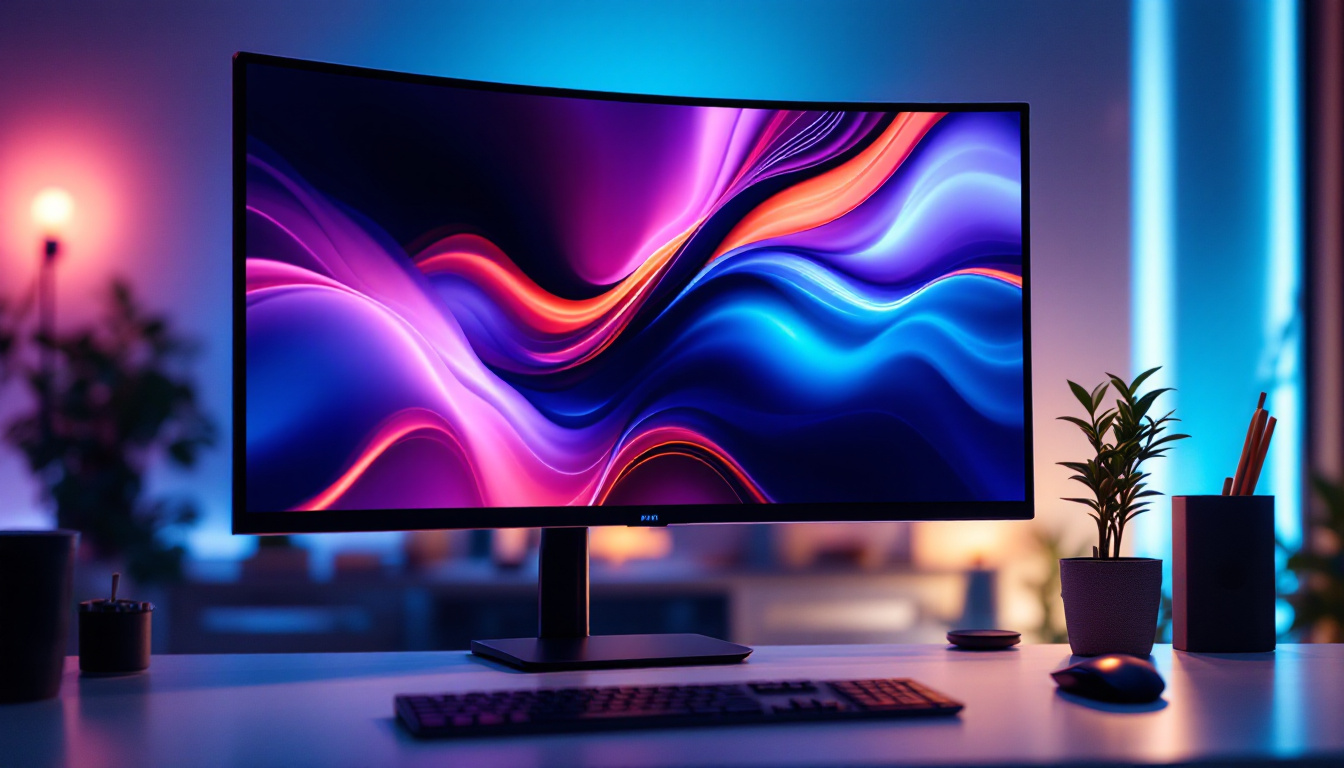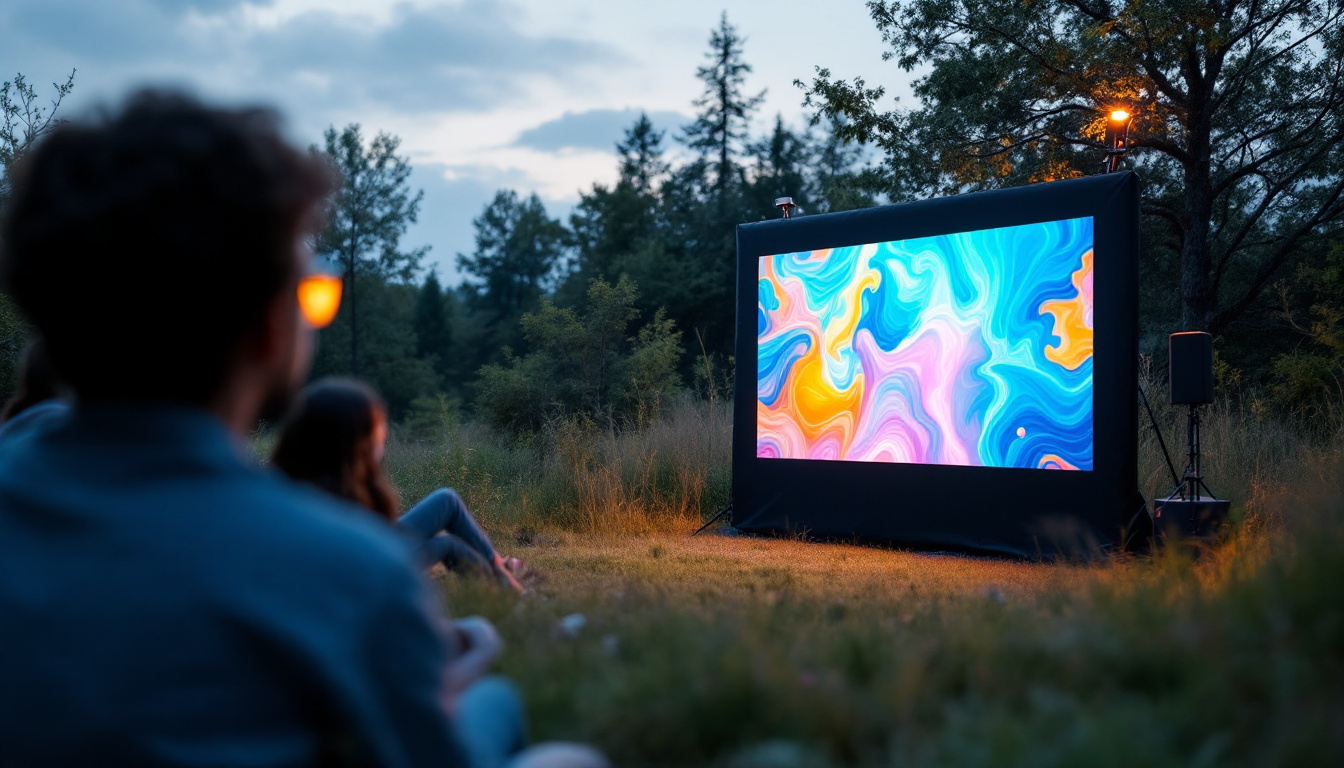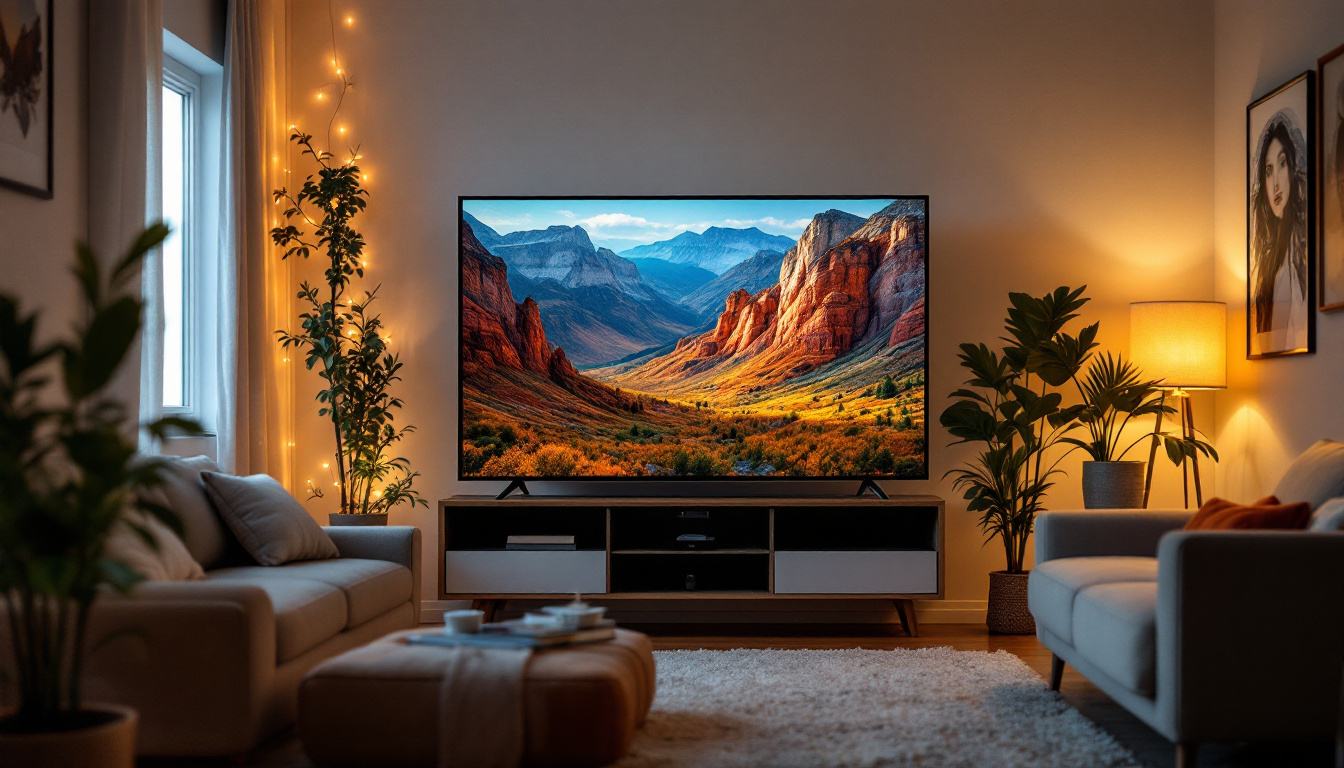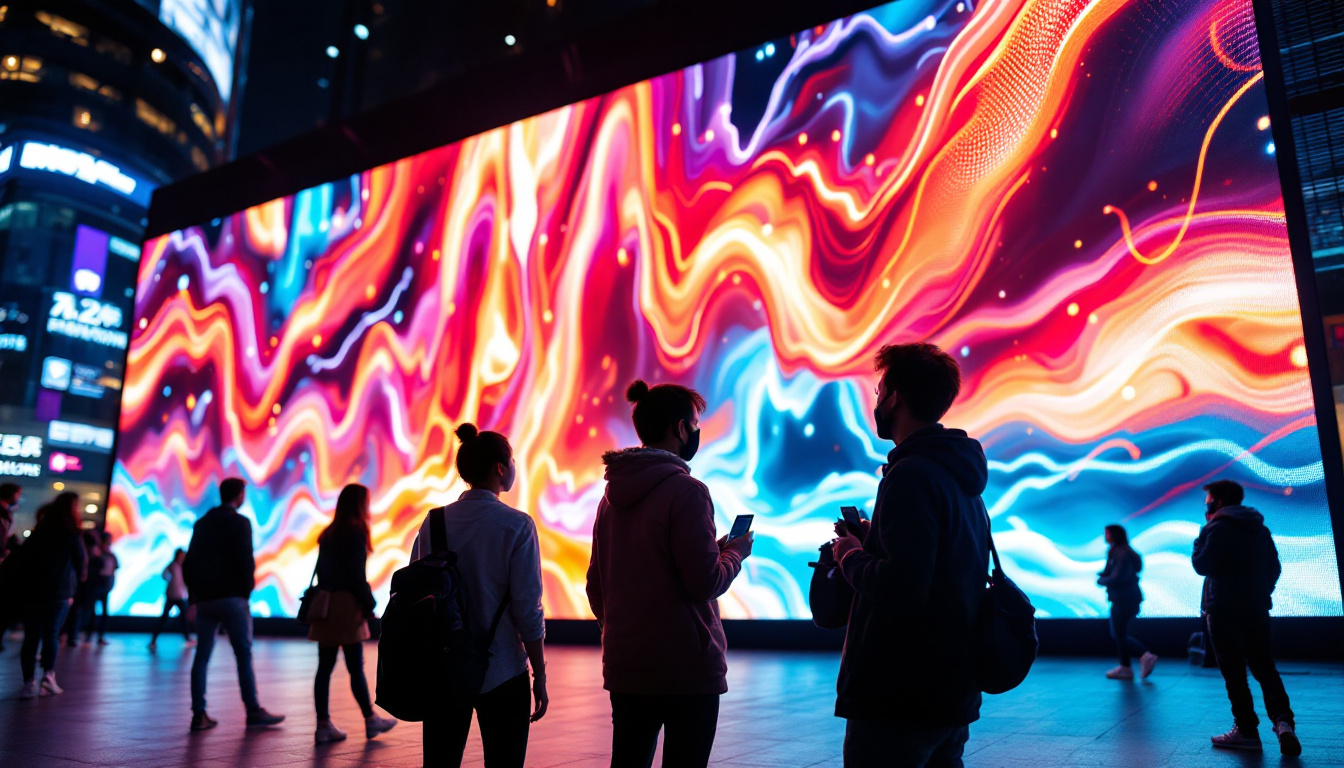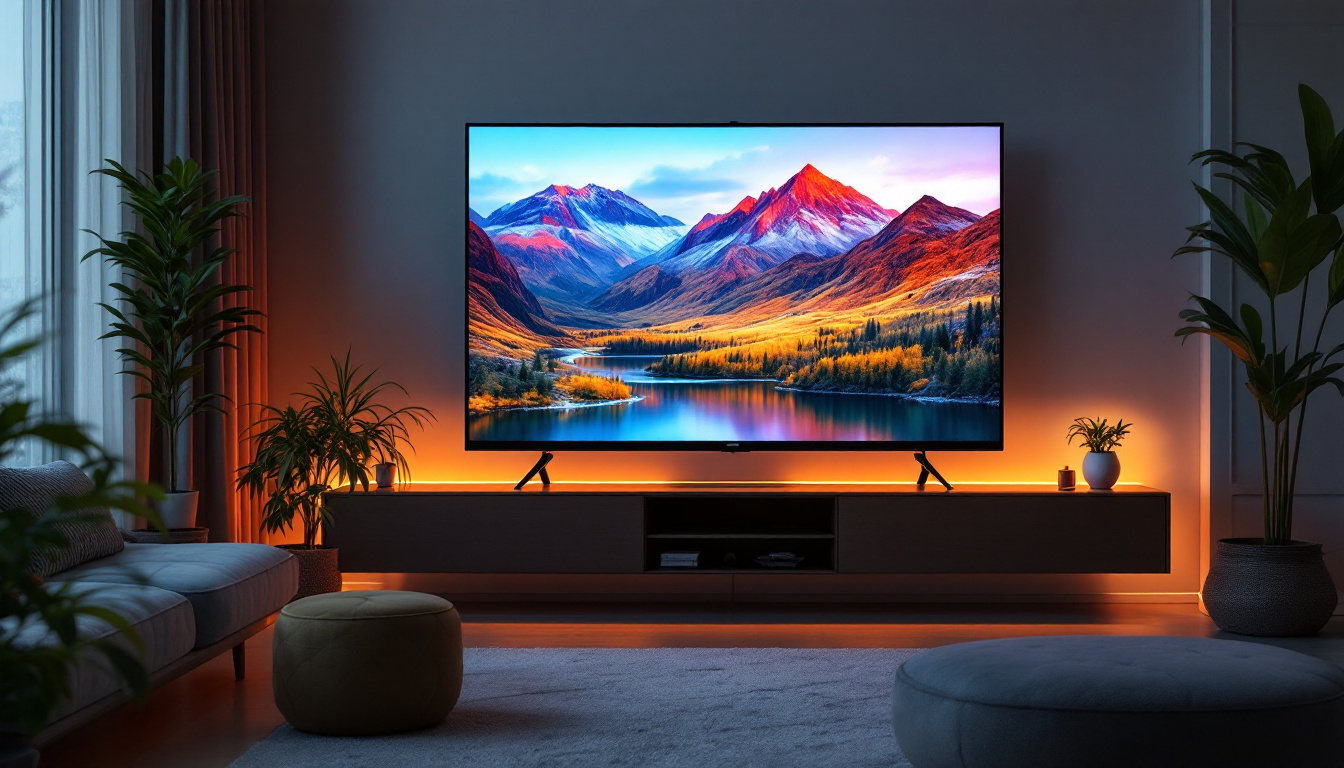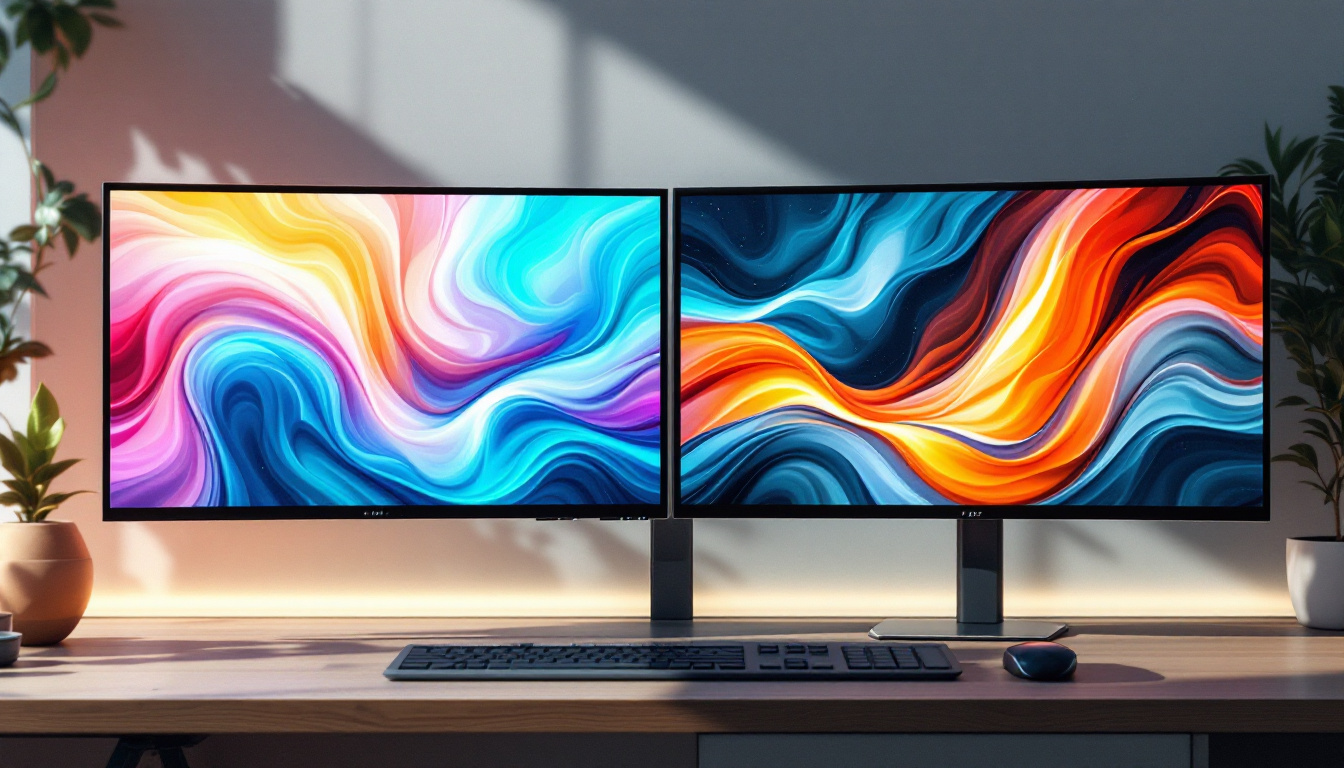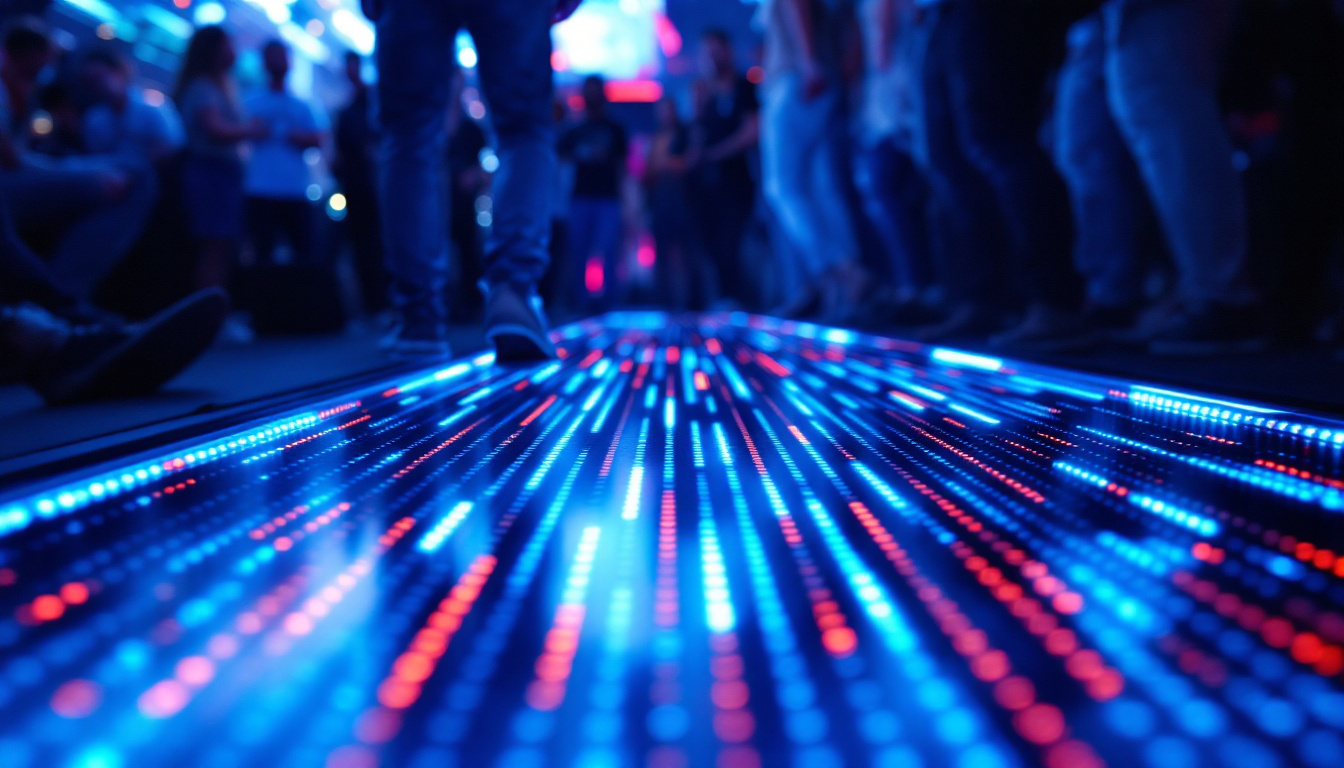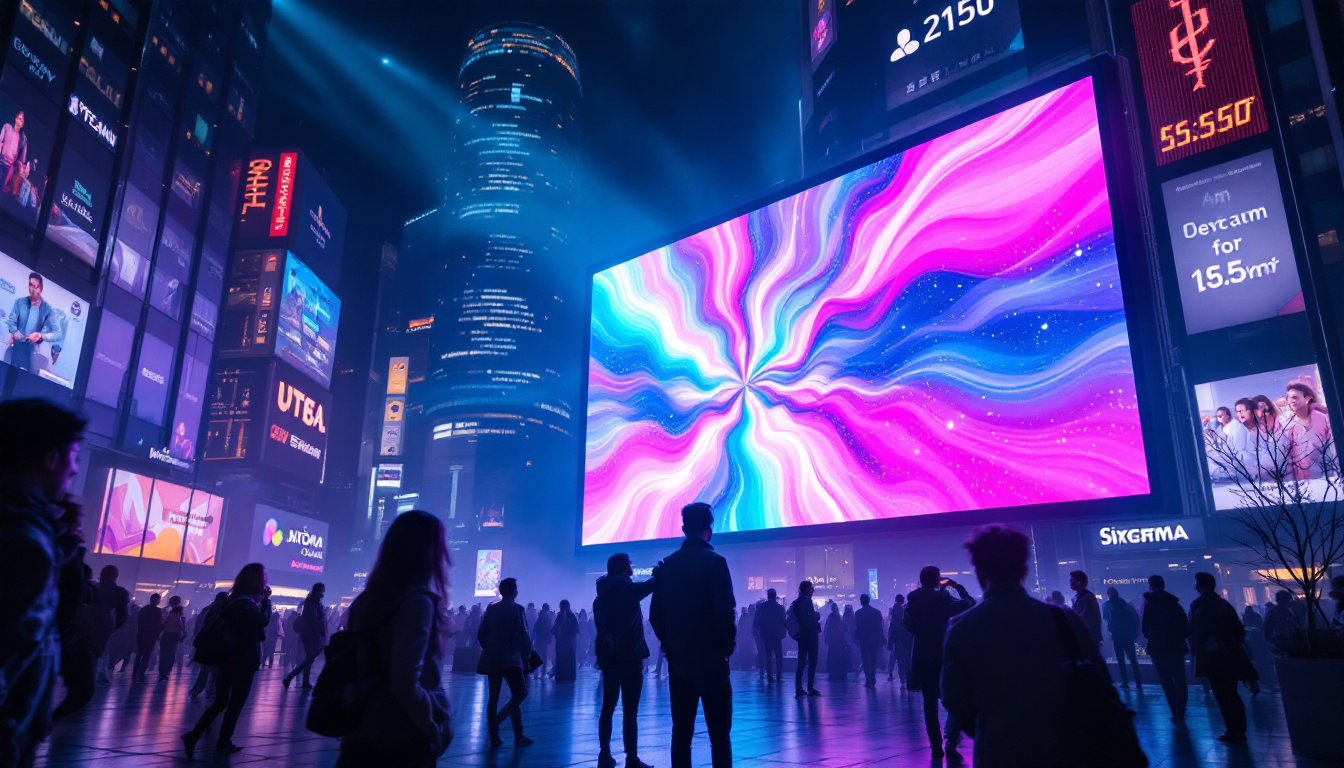In the modern age of technology, visual communication has evolved significantly, with LED displays taking center stage. These displays are not just about aesthetics; they are powerful tools that enhance engagement, convey information effectively, and create immersive experiences. This article delves into the world of wall screens, specifically focusing on LED displays, their types, applications, and the technology behind them.
Understanding LED Displays
LED displays, or Light Emitting Diode displays, are a type of flat panel display that utilizes LEDs as pixels for video display. They are known for their brightness, energy efficiency, and versatility, making them suitable for various environments, from corporate settings to entertainment venues. With the rapid advancement of technology, LED displays have become increasingly popular, offering solutions that cater to both aesthetic and functional needs in diverse applications.
How LED Displays Work
The fundamental principle behind LED displays involves the use of semiconductor materials that emit light when an electric current passes through them. Each pixel in an LED display is made up of red, green, and blue (RGB) diodes. By adjusting the intensity of these colors, a wide spectrum of colors can be produced, allowing for vibrant and dynamic visuals. This RGB combination is what enables LED displays to render images with remarkable clarity and depth, making them ideal for everything from digital signage to high-definition television broadcasts.
LED displays can be categorized into two main types: direct view and backlit. Direct view LED displays consist of individual LED modules that form the entire screen, while backlit LED displays use LEDs to illuminate a liquid crystal display (LCD) panel. The direct view technology is particularly popular for large-scale installations due to its superior brightness and color accuracy. Furthermore, advancements in technology have led to the development of microLED displays, which promise even finer pixel pitch and enhanced performance, pushing the boundaries of visual display technology.
Types of LED Displays
LED displays come in various forms, each designed to meet specific needs and applications. The most common types include:
- Indoor LED Displays: These are designed for indoor environments and are typically used in retail spaces, conference rooms, and theaters. They offer high resolution and vibrant colors, making them ideal for close viewing. The flexibility in size and shape allows for creative installations that can enhance the ambiance of any space.
- Outdoor LED Displays: Built to withstand harsh weather conditions, outdoor LED displays are often used for billboards, sports arenas, and public information displays. They are brighter and more durable than their indoor counterparts. These displays are engineered with protective coatings and robust housings to ensure longevity, even in extreme temperatures and exposure to the elements.
- Transparent LED Displays: These innovative displays allow for visibility through the screen while still displaying images or videos. They are commonly used in retail environments to create stunning visual effects without obstructing views. This technology not only enhances advertising but also allows for creative architectural designs, merging digital content with physical spaces seamlessly.
In addition to these common types, there are also specialized LED displays tailored for specific industries. For instance, rental LED displays are designed for events and exhibitions, featuring lightweight and modular designs for easy transport and setup. Similarly, high-definition LED displays are used in broadcasting studios, where color accuracy and resolution are paramount for professional-grade productions. The versatility of LED technology continues to expand, paving the way for innovative applications that redefine visual communication across various sectors.
Applications of LED Displays
LED displays have found their way into various sectors, revolutionizing how information is shared and consumed. Their versatility allows them to be used in numerous applications, each benefiting from the unique characteristics of LED technology.
Advertising and Marketing
One of the most prominent applications of LED displays is in advertising. Brands leverage the brightness and vibrancy of LED screens to capture attention and convey messages effectively. Outdoor LED billboards have become a staple in urban landscapes, providing dynamic content that can be updated in real-time. This capability allows advertisers to tailor their messages based on time, location, and audience demographics.
Indoor LED displays are equally effective in retail environments, where they can showcase promotions, product information, and interactive content. The ability to create eye-catching visuals helps retailers enhance customer engagement and drive sales. Furthermore, the integration of LED technology with digital marketing strategies allows businesses to analyze viewer engagement through metrics such as dwell time and interaction rates, enabling them to refine their campaigns for maximum impact.
Corporate and Event Use
In the corporate world, LED displays are invaluable for presentations, conferences, and events. Their high resolution and brightness ensure that content is visible from various angles and distances, making them ideal for large audiences. Many companies opt for video walls composed of multiple LED panels to create a seamless display that can showcase anything from slideshows to live video feeds.
Moreover, LED displays are increasingly used for live events, concerts, and festivals. Their ability to display high-quality visuals in real-time enhances the overall experience for attendees, creating a more immersive atmosphere. Additionally, the versatility of LED technology allows for creative applications such as augmented reality experiences, where digital content can be overlaid onto the physical environment, further engaging audiences and enhancing the storytelling aspect of events.
Beyond the entertainment industry, LED displays are also making strides in the education sector. Schools and universities are adopting these technologies for classrooms and auditoriums, utilizing them for interactive learning experiences and presentations. The bright and clear visuals facilitate better comprehension of complex subjects, making learning more engaging for students. Furthermore, the use of LED displays for school events, such as graduations and sports competitions, allows for real-time updates and highlights, fostering a sense of community and excitement among students and parents alike.
The Technology Behind LED Displays
Understanding the technology behind LED displays is essential for appreciating their capabilities and advantages. The advancements in LED technology have led to significant improvements in display quality, energy efficiency, and lifespan.
Pixel Pitch and Resolution
Pixel pitch refers to the distance between the center of one pixel to the center of the adjacent pixel. A smaller pixel pitch results in higher resolution, allowing for clearer and more detailed images. This is particularly important for indoor displays, where viewers are typically closer to the screen.
For outdoor displays, pixel pitch is often larger due to the viewing distance. However, advancements in technology have made it possible to produce high-resolution outdoor displays that maintain clarity even from afar. The choice of pixel pitch is crucial in determining the display’s application and effectiveness.
Brightness and Contrast Ratio
Brightness is a critical factor in LED displays, especially for outdoor applications. Measured in nits, higher brightness levels ensure that the content remains visible even in direct sunlight. Indoor displays, while requiring less brightness, still benefit from high levels to enhance color vibrancy and clarity.
Contrast ratio, which measures the difference between the brightest and darkest parts of an image, is equally important. A higher contrast ratio results in more vivid colors and better image quality, making it essential for both indoor and outdoor displays.
Benefits of LED Displays
LED displays offer numerous advantages over traditional display technologies, contributing to their widespread adoption across various industries. Understanding these benefits can help organizations make informed decisions when investing in display solutions.
Energy Efficiency
One of the standout features of LED technology is its energy efficiency. LED displays consume significantly less power compared to traditional LCD or plasma screens. This not only reduces operational costs but also contributes to a lower carbon footprint, making them an environmentally friendly choice.
Longevity and Durability
LED displays are built to last, with a lifespan that can exceed 100,000 hours. This durability is particularly advantageous for outdoor applications, where displays are exposed to harsh weather conditions. The robust construction of LED panels ensures they can withstand impacts and vibrations, making them a reliable choice for various settings.
Challenges and Considerations
While LED displays offer numerous advantages, there are also challenges and considerations that organizations must keep in mind. Understanding these factors can help in making informed decisions regarding installation and usage.
Initial Investment Costs
The initial cost of purchasing and installing LED displays can be significant. Although prices have decreased over the years, high-quality LED displays still represent a considerable investment. Organizations must weigh the long-term benefits against the upfront costs to determine the feasibility of such an investment.
Content Management
Another challenge is content management. To maximize the effectiveness of LED displays, organizations need to invest in content creation and management systems. This includes designing engaging visuals, scheduling content updates, and ensuring that messages remain relevant and timely. Without effective content management, even the best displays may fail to achieve their intended impact.
The Future of LED Displays
The future of LED displays looks promising, with continuous advancements in technology and applications. As the demand for high-quality visual communication grows, innovations in LED technology are likely to follow suit.
Integration with Smart Technologies
One of the most exciting trends is the integration of LED displays with smart technologies. This includes the use of artificial intelligence and machine learning to optimize content delivery based on audience behavior and preferences. Smart LED displays can analyze data in real-time, allowing for dynamic content adjustments that enhance user engagement.
Emerging Applications
As technology evolves, new applications for LED displays are emerging. From augmented reality experiences to interactive installations, the possibilities are endless. Industries such as education, healthcare, and transportation are beginning to explore the potential of LED displays to enhance communication and information dissemination.
Conclusion
LED displays have transformed the way information is presented and consumed across various sectors. Their brightness, energy efficiency, and versatility make them an ideal choice for a wide range of applications, from advertising to corporate events. While challenges such as initial investment costs and content management exist, the benefits far outweigh these considerations.
As technology continues to advance, the future of LED displays promises even more innovative applications and capabilities. Organizations looking to enhance their visual communication strategies would do well to consider the potential of LED displays in their planning and implementation.
Discover LumenMatrix’s Innovative LED Solutions
Ready to elevate your visual communication with the latest in LED technology? Look no further than LumenMatrix, a pioneer in crafting LED display modules that bring your brand to life. From the vibrant Indoor LED Wall Display to the robust Outdoor LED Wall Display, and from the dynamic Vehicle LED Display to the sleek LED Poster Display, LumenMatrix offers a comprehensive range of solutions tailored to your needs. Whether it’s for sports, flooring, custom designs, or all-in-one solutions, our mission is to transform your visual storytelling with displays that captivate and engage. Don’t miss out on the opportunity to make a lasting impression. Check out LumenMatrix LED Display Solutions today and see your message shine with unparalleled clarity and impact.

